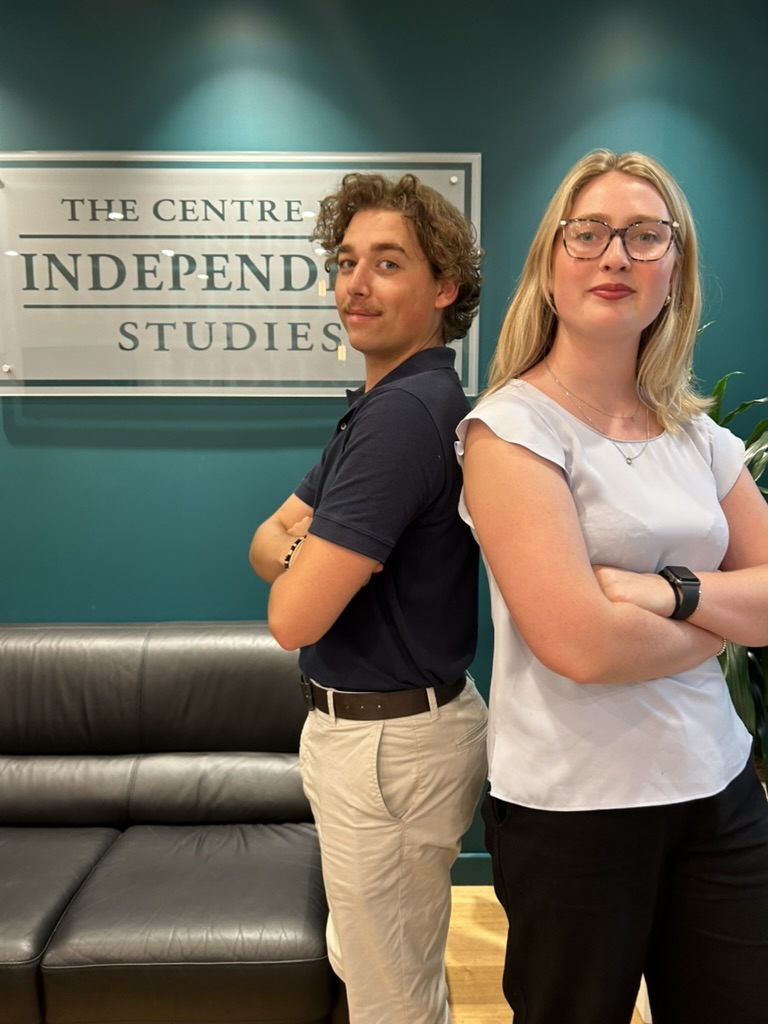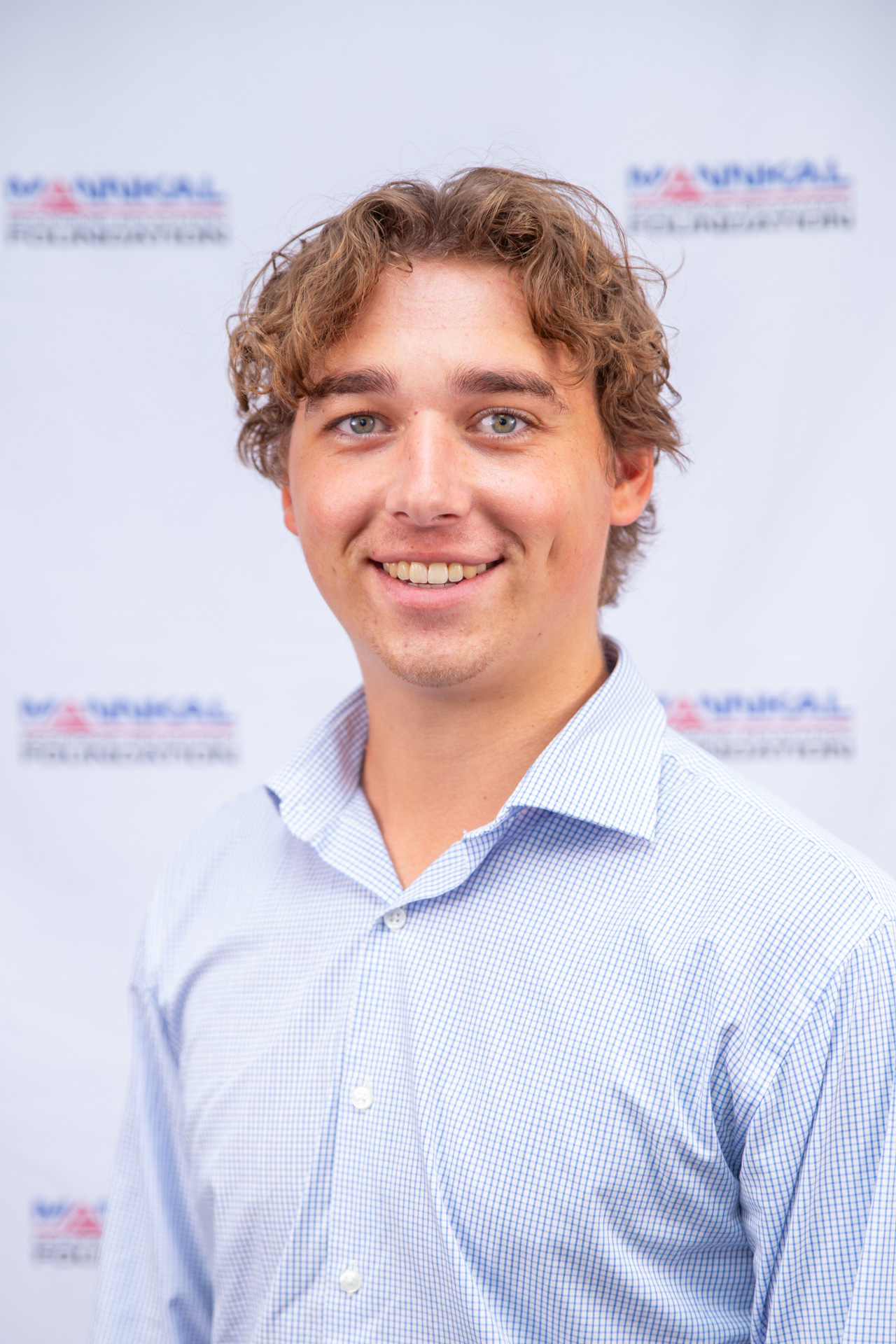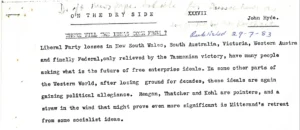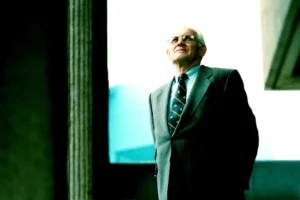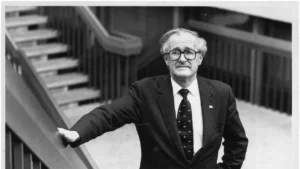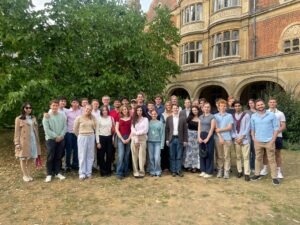After a few weeks exploring WA’s crystal-clear waters and white sandy beaches, I departed the banks of the Swan River and travelled across our sunburnt country to Australia’s mother city, Sydney. A wee bit busier than our beloved Perth, I was greeted by slightly more humid weather and Sydneysiders who upon discovering I was a sandgroper asked: “But you’re used the heat.” To which I would respond – in chorus with all my fellow West Australians – “Yes, but it’s a dry heat.”
Travelling from the airport, I arrived at the quaint 1930s art-deco apartment in Double Bay – which I later found out is known as “Double ‘Pay’” by the locals – that would be my home for the next five weeks. I spent the next day exploring the café-lined streets of leafy Woollahra Shire and stumbled upon a bakery that would become a regular during my stay. I found the nearby local harbour beach (a must have for any West-Aussie) which I discovered was quite a bit busier than Perth beaches and frequented by the infamous bin chicken.
After this country bumpkin worked out the train route to the office (which would be affected by train strikes in the weeks to come), I caught the train to Martin Place and walked down Macquarie Street past the NSW Parliament, State Library and Botanical Gardens with the sails of the Opera House in the distance. Upon arriving at the Centre for Independent Studies I was introduced to the team who had just arrived back from their Christmas break.
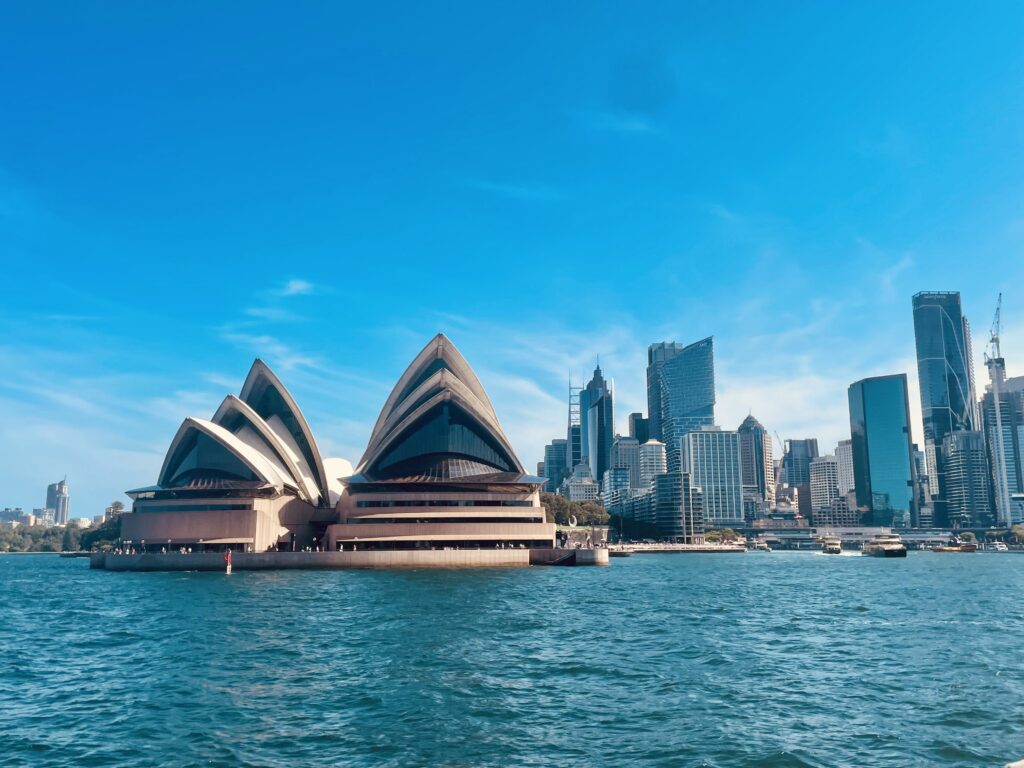
The first two weeks of my internship were spent with the Intergenerational and Cultural teams. During this time, I spent many hours fine-tuning my social media and Canva skills – a must-have in this media age. This included deconstructing articles, news interviews and podcasts by the CIS team and crafting social media posts and summaries of and ideas for CIS’s podcast – Liberty in Question. One such article featured CIS Executive Director, Tom Switzer, discussing the “conservative wave” after consecutive electoral losses by the global left and what this might mean for Australia.

systemic forces sweeping global politics.” – Tom Switzer
My third week at CIS was spent with leading economist and housing expert, Peter Tulip. I spent the week examining and updating Peter’s 2023 article Where should we build new housing? Better targets for local councils. One of the most alarming findings was what is referred to in academia as the ‘zoning tax.’ That is, the colossal sum which excess demand constitutes of the price of housing in Australia.
In 2021/22, for instance, the average Sydney apartment sold for over $1m but cost only $594k for supply; implying an excess demand of $416k, or 41% of the cost of the property. In a well-functioning market, the excess demand would be competed away by increasing supply, however, in Australia, the excess is sustained by planning restrictions, low construction approval ratings and burgeoning immigration.
My fourth week was spent with CIS’s energy team where I assisted them in their research into the flawed evidence behind renewables, namely the perceived increased uptake in CER (Consumer energy resources). CER includes rooftop solar, batteries and EV chargers which are consumer resources that generate or store electricity and includes flexible loads that can alter demand in response to external signals.
Their research was fundamentally about finding where exactly Australia’s energy regulators are finding their figures that are meant to evidence increased uptake, thereby justifying the push for renewables. My research essentially found that the reasoning was circular – consumers respond to clear market signals and the market responds to the actions of consumers. Moreover, no new research had been undertaken into the uptake of CER under the last 3 years of the current Labor government.
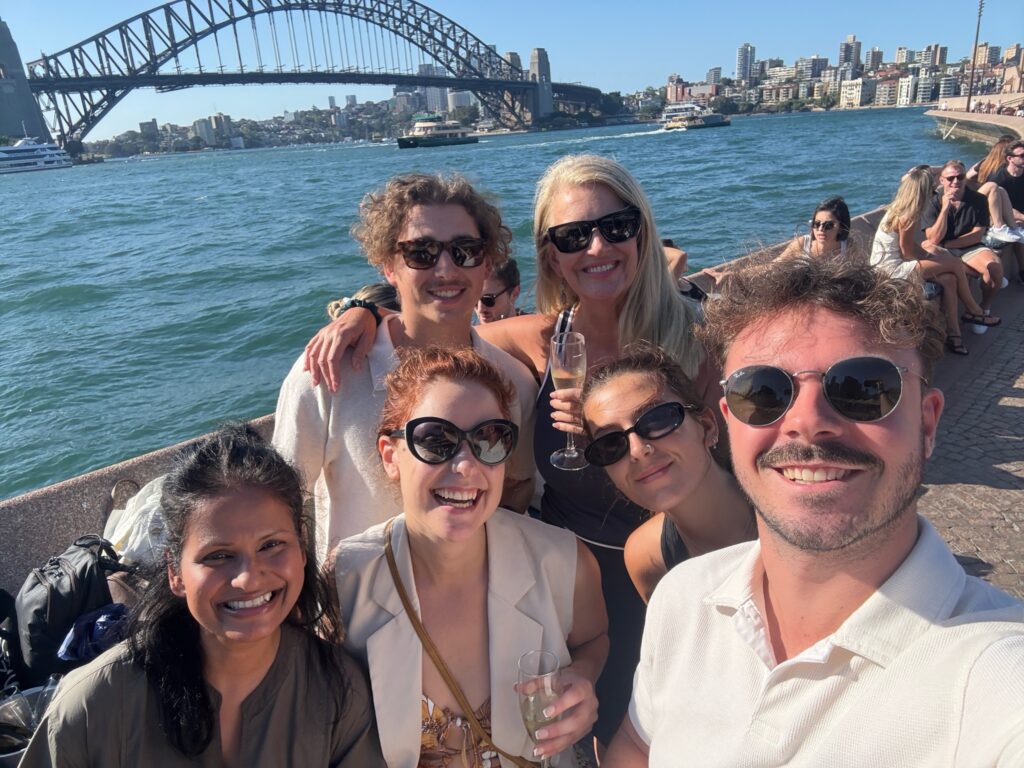
Fortunately, my time in Sydney also allowed me to explore all that Sydney had to offer. I managed to cross the Harbour Bridge, catch the ferry to Manly and go snorkelling in the Pacific Ocean. I visited the Queen Victoria Building, State Library and St Mary’s Cathedral, enjoyed frequent walks in the Botanical Gardens on my lunch break and even visited former Prime Minister, John Howard’s office. I even found time to do the Bondi-Coogee Coastal Walk with breathtaking vistas overlooking the ocean, finishing with a swim at world-renowned Bondi Beach. My final night in Sydney was spent soaking up the sun overlooking Sydney’s beautiful harbour at the Opera Bar with my new CIS friends reflecting on an insightful and unforgettable five weeks.
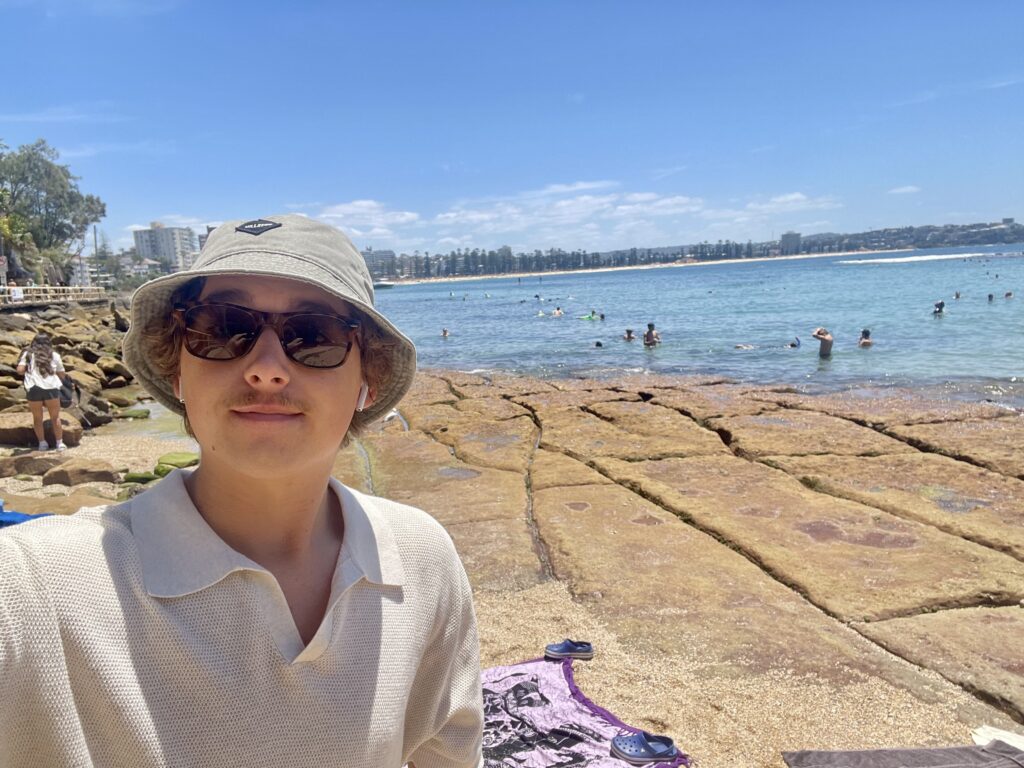
With the lead up to the federal election in full swing and my integral role in one of the nation’s key seats, I have frequently reflected on my time at CIS. As I pound the pavement with the candidate and speak to locals across Perth’s southern metropolitan region, housing affordability and cost-of-living are front of mind for many Australians.
My time at CIS has further strengthened my belief of the need not only for robust and civil debate, but just how real the human impact is of policy decisions by those in power. Australia desperately needs real, common-sense approaches to real-world issues. We cannot simply employ the standard government band-aid solution. Australia is the lucky country, and we can remain so, but it will take a renewed commitment to individual freedom, economic opportunity and accountable governance, values vital for addressing today’s challenges, from housing affordability and a balanced energy policy to restoring trust in democratic institutions.

